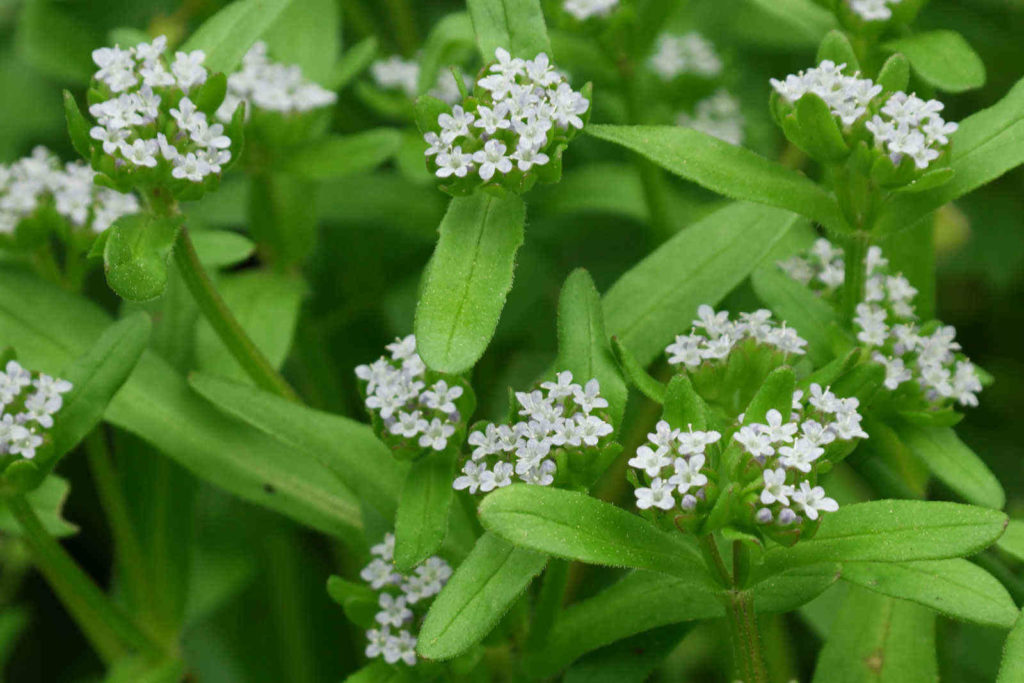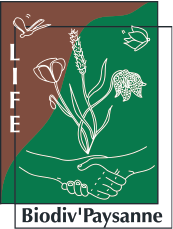Interview of Arnaud Martin, President of the CEN Occitanie about the LIFE Biodiv'Paysanne project
As part of the LIFE Biodiv’Paysanne project and the preservation of biodiversity, we interviewed Mr. Arnaud MARTIN, president of the Conservatoire d’Espaces Naturels d’Occitanie for almost 2 years; also Teacher-Researcher at the University of Montpellier, Director of the Biology Ecology Department of the Faculty of Sciences of Montpellier and Lecturer at the University of Montpellier for more than 25 years.
What is biodiversity made for ?
Biodiversity is first and foremost the diversity of species, landscapes and genetic diversity. It does an enormous service to all systems since it ensures a certain continuity, meaning that it continues to operate even if a disaster occurs. The elements that disappear are replaced, since the species look alike but are still different and adapt differently to changes. It is a continuous cycle.
Why is it deteriorated nowadays ?
Today, we have pushed our production system to the limit. We have optimized agriculture through intensification and significant mechanization, resulting in a decrease in the number of farmers and an increase in the number of tractors and above all a considerable increase in the consumption of fossil fuels. We have developed new methods, used new chemicals, and destroyed corners of biodiversity in order to increase the size of the plots to be cultivated. We have entered into a logic of performance. Of course, the degradation of biodiversity does not only come from agricultural practices, but also from the artificialization of the landscape in general, which deteriorates and fragments species.
How do humans benefit from biodiversity ?
Biodiversity means crop assistants who help farms. For example, the creation of forests and/or hedges right next to an agricultural plot will contain predatory species of crop pests. However, we do not control nature. Theoretically, by increasing biodiversity, we increase crop assistants. To prove this theory, we experience through action research and peer review to bring all the knowledge and concrete results.
LIFE Biodiv’Paysanne has integrated agricultural areas into its project, why are these areas important in the preservation of biodiversity ?
This is very recent from the point of view of the ecology expert. Since the 1980s, humans have finally been integrated into the understanding of ecosystems. Before those years, nature was perceived as the no man’s place. In agriculture, situations have highlighted the importance of biodiversity in ecosystems.
We can take the example of the ocellated lizard in the scrubland of the Mediterranean. Staff numbers have dropped. By developing orchards, men have favored ideal habitats for the ocellated lizard since he has created low walls. The interaction of men with nature through agriculture with low walls, orchards, cultivated areas, wooded areas, grazed areas, has favored heterogeneity in the landscapes and a mosaic of many environments. In return, the ocellated lizard gets rid of certain crop pests.
There is therefore a form of agricultural production that is favorable to biodiversity and a win-win partnership. Moreover, putting nature in a glass case is not doable. We cannot prevent damage and nuisance caused by others. We cannot protect all areas and species, and we can no longer continue to overexploit the land to feed ourselves, hence the integration of agricultural areas and the union of both natural and agricultural areas in the preservation of biodiversity.
What are the benefits of agroecology on farms ?
The idea is to say what are the other economic functionalities that I will be able to add to my activity without affecting my yield. The main advantages are the possibility of attracting more customers since the production methods are linked to their values, of being able to work in a better environment, of learning new practices and being able to diversify. It is a system that can also reduce costs since it is less greedy in fossil fuels, chemicals and brand new equipment. Agroecology is valid for small and medium-scale farms.
Do you think people are committed to preserving biodiversity ?
In the idea, people are aware of environmental issues, but they consume nature as a hobby. Paying attention to nature is still mostly seen as a constraint. For example, for some people, plants are not alive and cutting down a tree is not a big deal. Many of our fellow citizens are still far from the protection of nature. The vast majority are indifferent to nature. It is therefore necessary to reach people who are practising outdoor sports.
On the health side, people are more aware and alert. But food remains a sector where strong improvements must be made to reverse the trend of processed products to the detriment of raw products. This change in consumption comes from a change in the standard of living: people live “at full speed”, and want to eat faster. Raw products are better for the health and for the wallet, you have to relearn how to cook them. Buying directly, on the farm or through small producers promotes proximity since you know the person, you buy the essentials and you gain in terms of life quality.
Politics also have their role to play in the protection of nature, by bringing an educational and regulatory side, in particular on the prunning of hedges and mowing. You have to educate people so that they see their interest in it.
Is the Occitanie region ideal for the LIFE Biodiv’Paysanne project?
It is a very good test region, since it is composed of various biogeographical domains: mountainous, Mediterranean and plains. It is a region extremely rich in biodiversity, which will make it possible to carry out studies and experiments on a larger scale, which could be useful to other regions.
Finally, can you tell us what is your favorite site and species in Occitania?
If I had to name just one of each, I would go to the hills of Tuchan with our farmers and the Valerianella, species of lamb’s lettuce, small messicole plants.
















